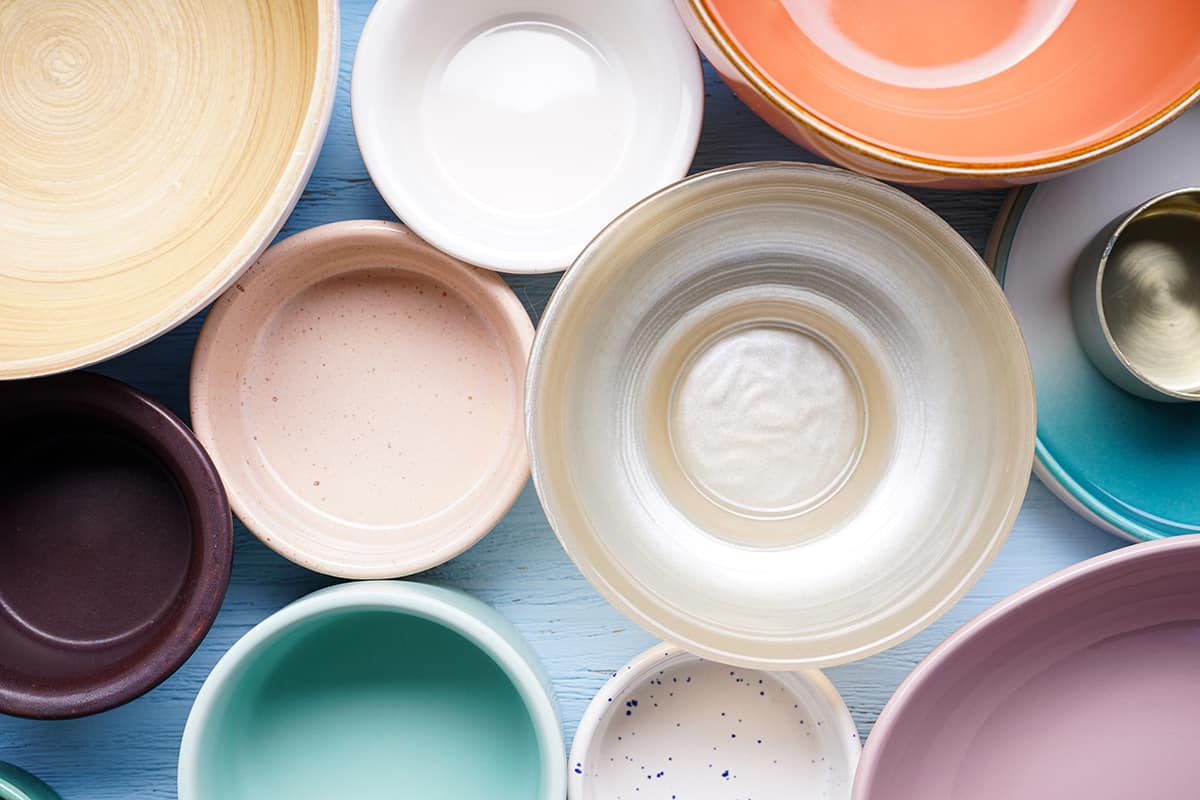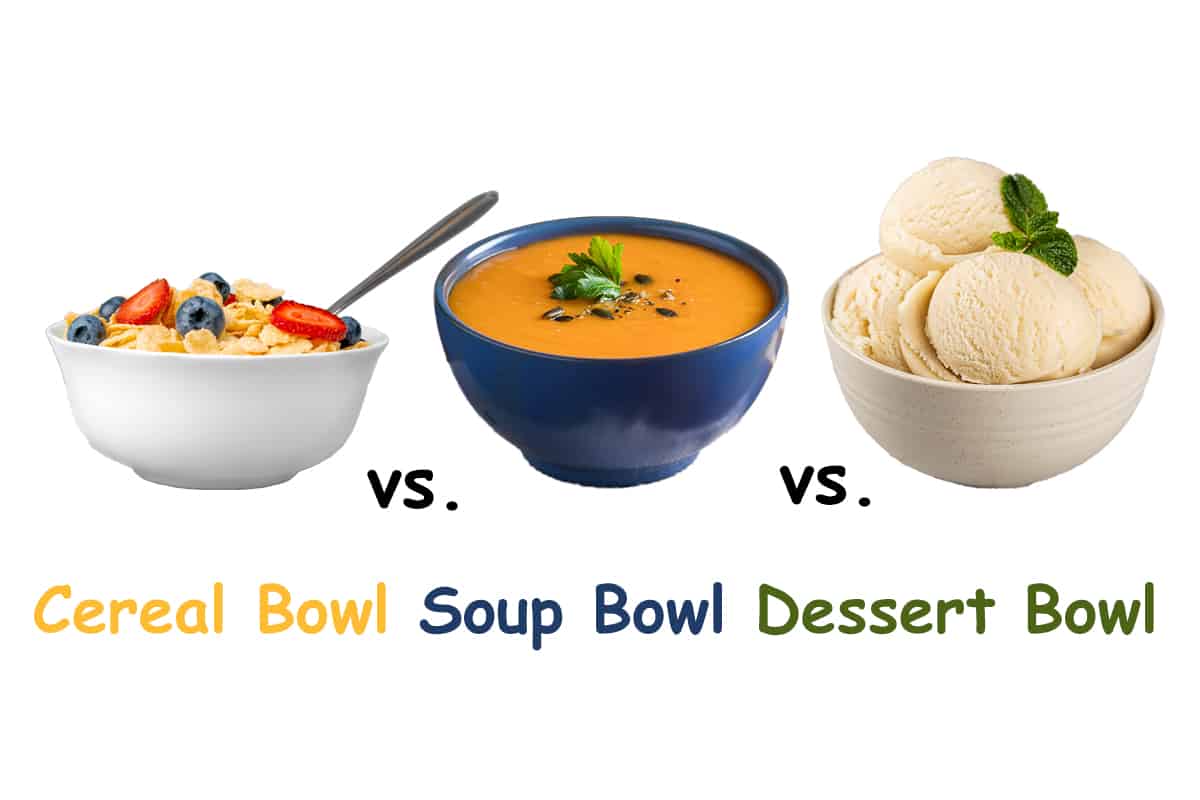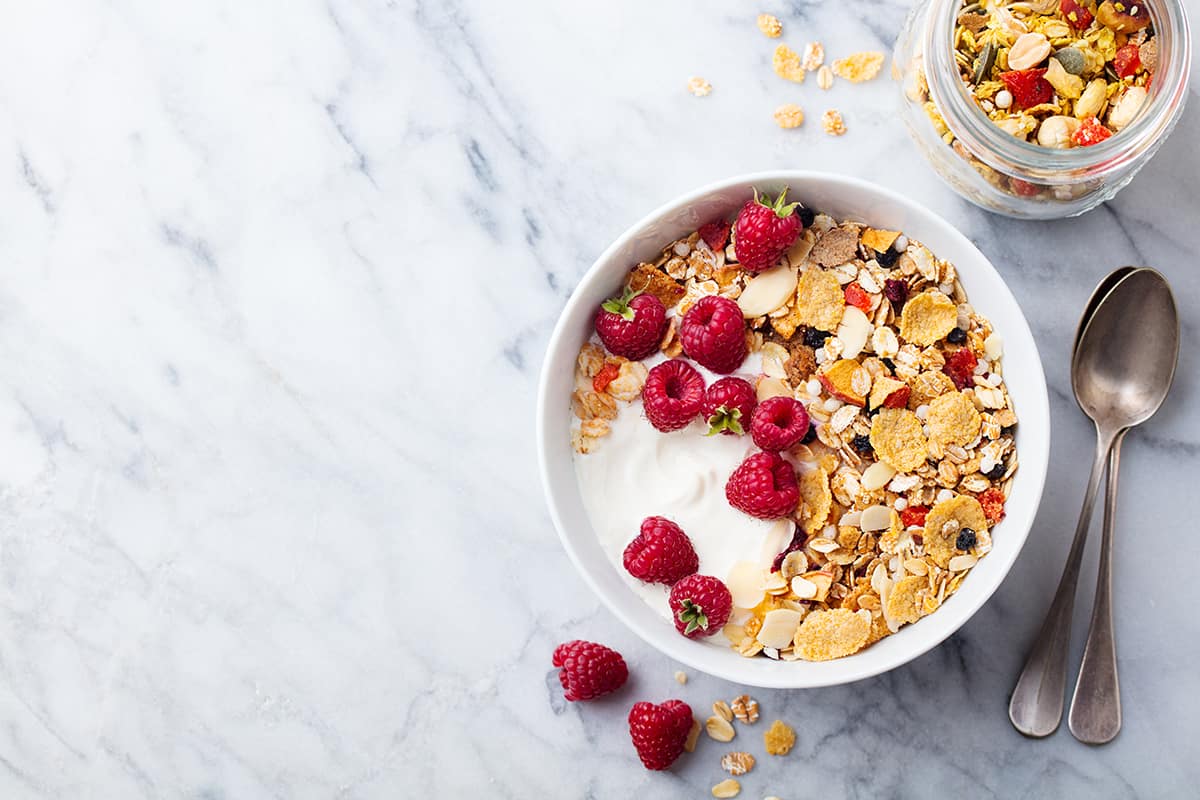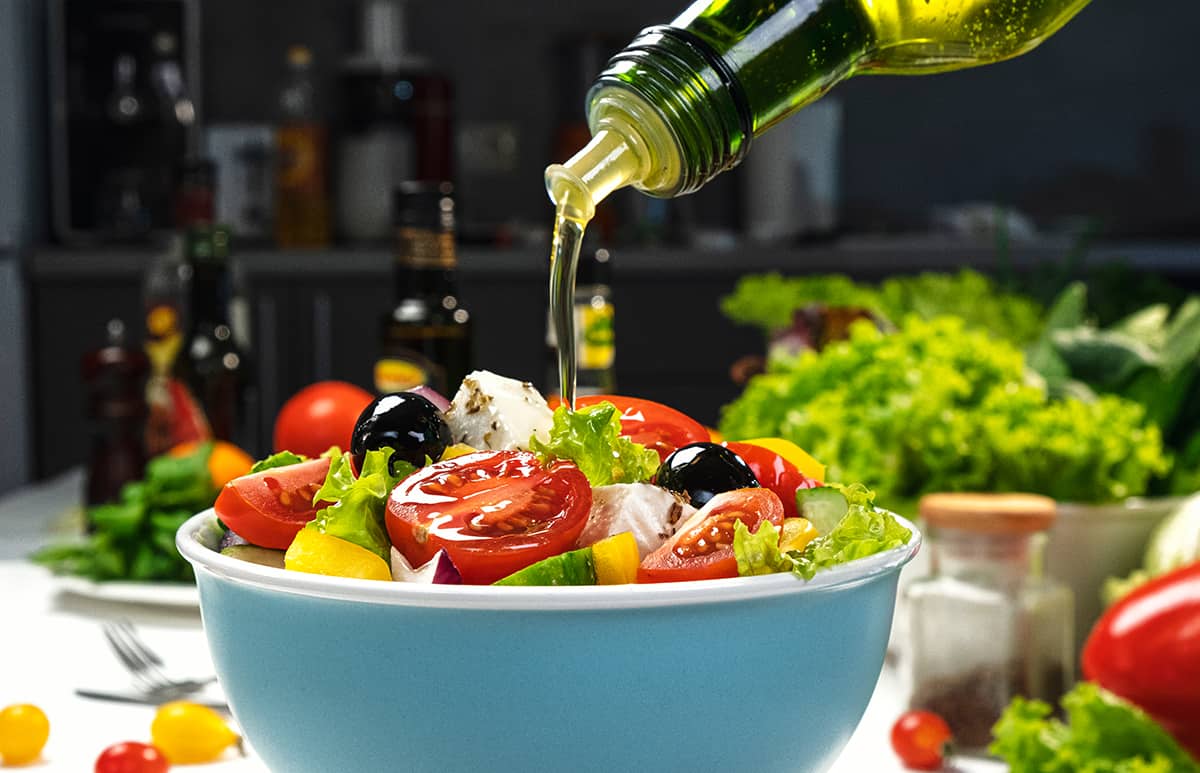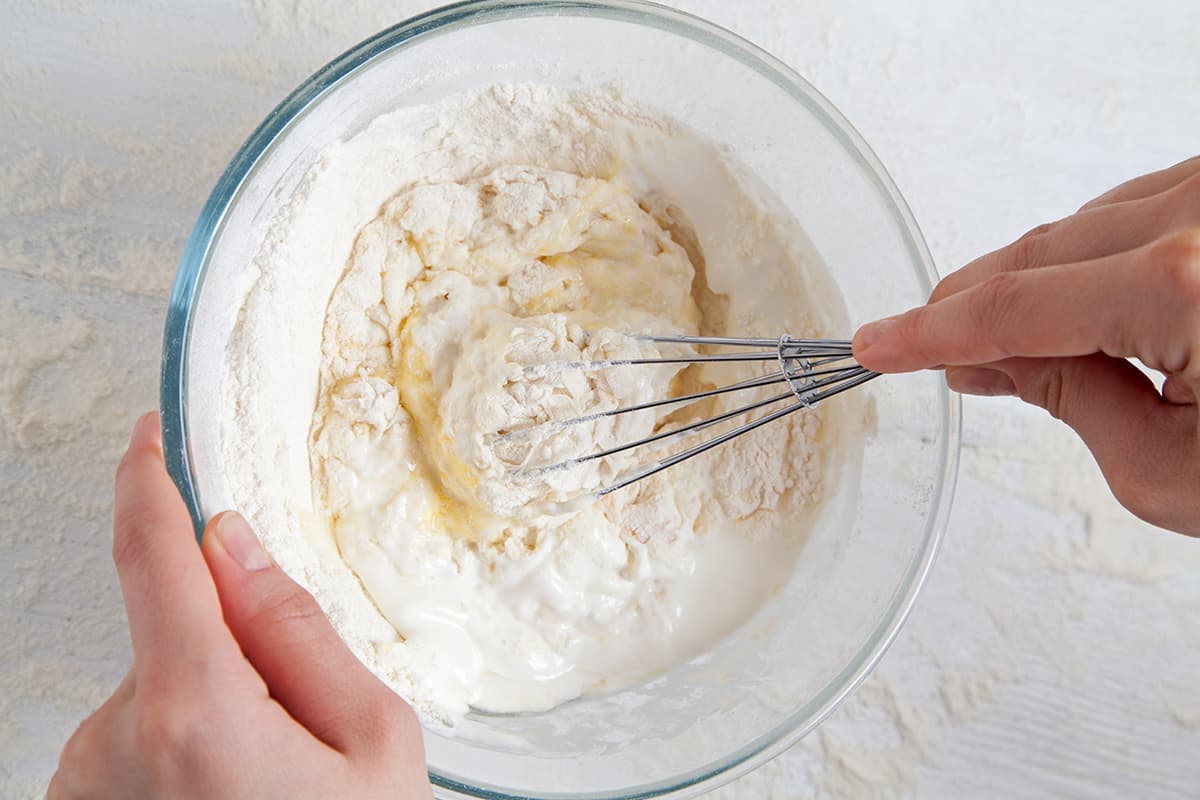While bowls may seem like unextraordinary everyday objects, there’s actually a lot of thought that goes into the bowl-making process. For instance, one of the things bowl makers have to consider is how wide and tall to make the bowl.
The typical bowl size is between 9 and 10 inches (229 and 254 millimeters) in diameter with a 1- to 2-inch (25- to 51-centimeter) rim. The inside of the bowl will have a well that’s about 6 to 7 inches (152 to 178 millimeters) wide and 1.5 inches (38 millimeters) deep.
However, as you’re probably already aware, bowls come in an assortment of shapes and sizes. So, knowing the actual dimensions of a bowl can be quite tricky to figure out.
Bowl Sizes
There are numerous bowl shape and size options as no two bowl makers are identical. Some bowl makers have larger sizing standards than others, while others have found a comfortable niche in the tiny-bowl market.
And this is before we even look into the various types and shapes of bowls. Some bowl makers have oblong bowls, others have perfectly round bowls, and some even come out with irregularly shaped bowls for the fun-seeking consumer. When I refer to bowls in the following sections, I’m mainly referring to round bowls with a consistent top and bottom/well diameter unless otherwise specified.
The following table will provide a quick rundown of typical bowl measurements based on typical sizes.
| Bowl Size | Top Diameter | Well Diameter | Depth | Rim |
| Extra Small | 5 in.
127 mm |
3 in.
76 mm |
1 in.
25 mm |
0.5 in.
13 mm |
| Small | 6 in.
152 mm |
4 in.
102 mm |
1.5 in.
38 mm |
1 in.
25 mm |
| Medium | 8 in.
203 mm |
6 in.
152 mm |
1.5 in.
38 mm |
1 in.
25 mm |
| Large | 10 in.
254 mm |
7 in.
178 mm |
1.5 in.
38 mm |
1 in.
25 mm |
| Extra Large | 12 in.
305 mm |
9 in.
229 mm |
2 in.
51 mm |
1.5 in.
38 mm |
Note: Please be aware that these do not reflect the actual sizes of every brand’s bowls. There may be significant variances between the sizes mentioned in the chart above and the actual sizes provided by various bowl makers.
Understanding Bowl Measurements
Measuring a bowl isn’t exactly a life skill. However, if you plan on purchasing bowls of uniform sizes between brands, or if you plan on lathing your own bowls in your garage workshop, then you should at least have a basic understanding of how to keep track of a bowl’s measurements.
The following list will explain the terminology used to describe a bowl’s dimensions.
Top Diameter—the widest distance between two points on the exterior lip/rim of the bowl.
Bottom Diameter—the widest distance between two points on the exterior base of the bowl.
Well—the widest distance between two points in the interior base of the bowl.
Depth—the interior perpendicular distance from the top of the bowl to the center of the bowl’s interior base.
Height—the perpendicular distance from the bottom exterior of the bowl to the top exterior of the bowl.
Rim—the distance between the interior and exterior walls of a ball.
Bowl Sizes Based On Food Served
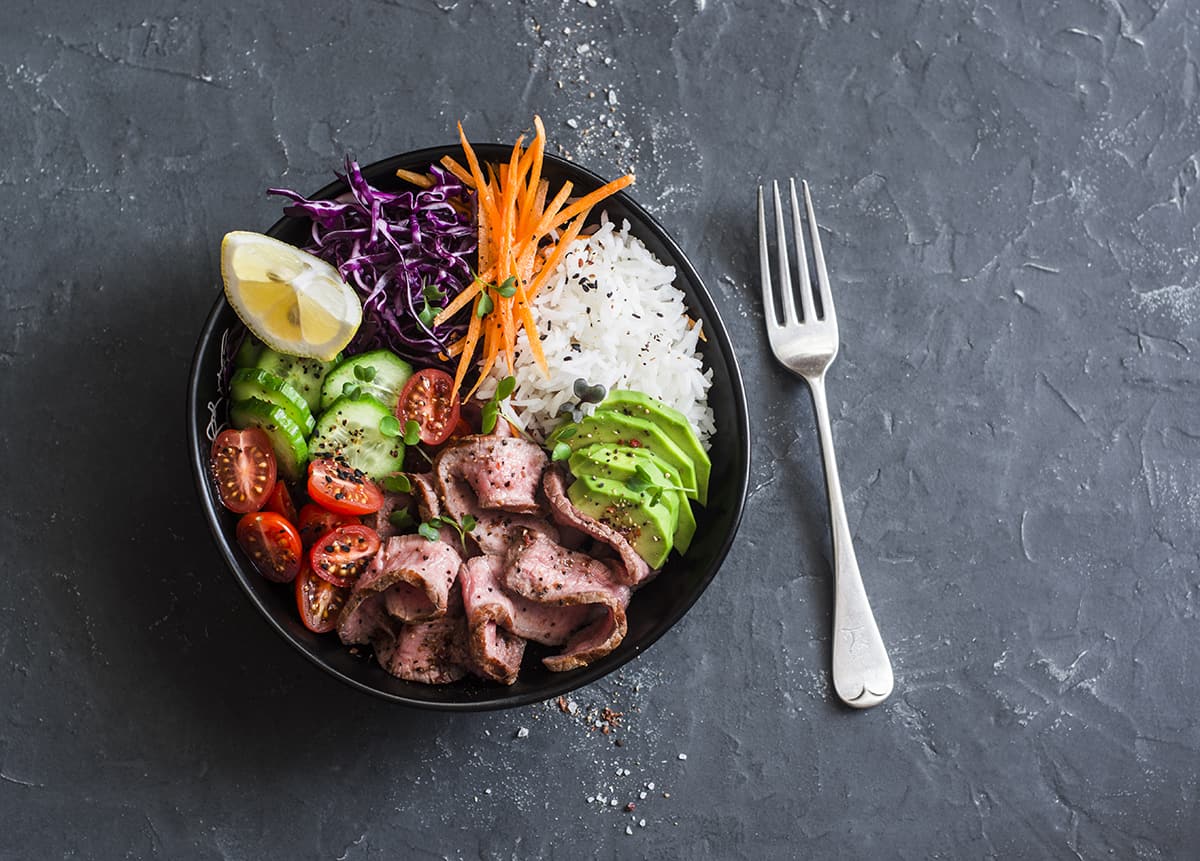
While looking online, you might come across a wide selection of bowl types. The most commonly found bowl types are as follows:
Sauce bowls are a type of bowl that you use to portion out condiments, dressings, dips, and sauces to your guests. This type of bowl is typically oblong in shape, though some can be rectangular or round.
Breakfast bowls are a bowl that you would use for cereal, oatmeal, or granola. This type of bowl usually has high walls and narrow wells.
Lunch bowls are mainly used to portion items for lunch. They are identical to breakfast bowls in shape, but they are considerably wider and hold larger quantities of food.
Mixing bowls are bowls that you can use to mix ingredients for preparing desserts or serving food straight-up. This type of bowl usually has a wider top-diameter-to-well ratio than the standard bowl.
Pasta bowls are wide, shallow bowls that are used to serve pasta dishes. They differ from casserole dishes by their rounded designs and shorter walls.
Salad bowls are similar to mixing bowls in size but are typically made of a type of glass or plastic composite. Salad bowls are used to mix vegetables and dressing prior to serving, so they require wider top diameters for easier mixing.
Soup bowls are a blanket term used to cover any type of bowl used to serve soup. Soup bowls range in size, from tiny to large, and can come with handles and accompanying underplates/saucers.
Punch bowls are oversized bowls that are typically made of glass. They are used to mix and serve punch with a ladle.
Here’s a quick rundown of the average bowl sizes based on bowl types:
| Bowl Type | Top Diameter | Well Diameter | Depth | Rim |
| Sauce Bowls | 5 in.
127 mm |
3 in.
76 mm |
1.5 in.
38 mm |
0.5 in.
13 mm |
| Breakfast Bowls | 6 in.
152 mm |
4 in.
102 mm |
2 in.
51 mm |
1 in.
25 mm |
| Lunch Bowls | 10 in.
254 mm |
6 in.
152 mm |
2 in.
51 mm |
1 in.
25 mm |
| Mixing Bowls | 12 in.
305 mm |
6 in.
152 mm |
3 in.
76 mm |
0.5 in.
13 mm |
| Pasta Bowls | 10 in.
254 mm |
8 in.
203 mm |
1 in.
25 mm |
0.5 in.
13 mm |
| Salad Bowls | 12 in.
305 mm |
6 in.
152 mm |
3 in.
76 mm |
0.5 in.
13 mm |
| Soup Bowls | 6 in.
152 mm |
4 in.
102 mm |
2 in.
51 mm |
1 in.
25 mm |
| Punch Bowls | 24 in.
610 mm |
10 in.
254 mm |
18 in.
457 mm |
0.5 in.
13 mm |
Note: Again, the sizes above may not reflect the exact dimensions of different bowl types. You will have to look at individual brand sizes to see how much one brand differs from another.
Read also: Serving Bowl Sizes with Drawings
